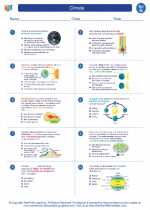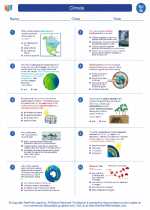Plateaus
A plateau is a flat, elevated landform that rises sharply above the surrounding area on at least one side. Plateaus are characterized by their relatively flat top and steep sides, and they can be found on every continent. Plateaus can vary in size from small, isolated formations to vast, extensive regions.
Formation of Plateaus
Plateaus are formed through a variety of geological processes. Some plateaus are the result of volcanic activity, where molten rock is forced to the surface and creates a flat-topped landform. Others are formed by the uplift of the Earth's crust, either through tectonic activity or the erosion and removal of overlying material. Erosion and weathering can also contribute to the formation and shaping of plateaus over time.
Types of Plateaus
There are several different types of plateaus, including:
- Volcanic Plateaus: Formed by volcanic activity, these plateaus are characterized by their flat, elevated surfaces and often have steep sides.
- Dissected Plateaus: These plateaus have been heavily eroded by water, creating a series of ridges, valleys, and steep slopes.
- Tectonic Plateaus: Formed by the uplift of the Earth's crust due to tectonic activity, these plateaus are often found near mountain ranges.
Study Guide
Here are some key points to remember when studying plateaus:
- Define what a plateau is and how it differs from other landforms such as mountains and plains.
- Identify the different types of plateaus and the geological processes that contribute to their formation.
- Understand the role of erosion and weathering in shaping plateaus over time.
- Explore the distribution of plateaus around the world and their significance in terms of natural resources, ecosystems, and human activity.
- Examine specific examples of well-known plateaus, such as the Colorado Plateau in the United States or the Deccan Plateau in India, and their unique characteristics.
By understanding the formation and characteristics of plateaus, you can gain insight into the dynamic processes that shape the Earth's surface and the important role that plateaus play in geography, geology, and the environment.
.









